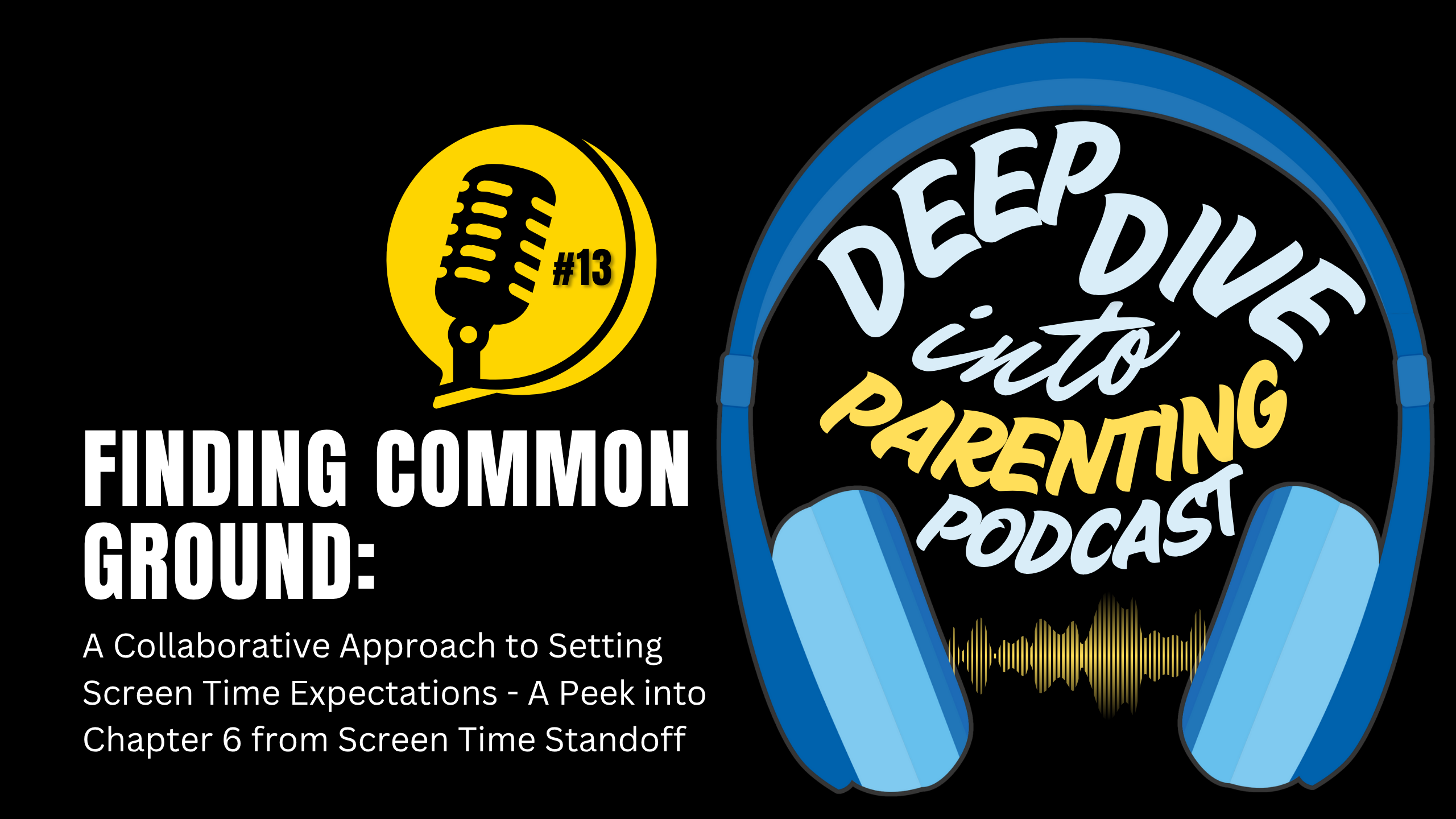Establishing and maintaining screen time boundaries with children is a challenge for many parents in today’s digital age. Clayton Cranford, the author of "Screen Time Standoff," provides a proven framework for navigating these conversations successfully. This guide outlines practical steps for parents to share their perspective, collaborate with their child, and create a balanced approach to screen time management.
Step 1: Express Gratitude for Their Engagement
Start the conversation by acknowledging your child’s effort in discussing such a challenging topic. Expressing gratitude sets a cooperative tone and shows that you value their input, helping to build mutual respect and trust early in the conversation. This can build trust and show that the conversation is a partnership rather than a confrontation.
-
Why It Matters: Discussing screen time boundaries can be contentious. Gratitude helps ease tension and makes the child feel valued.
-
How to Do It: Use affirming language that shows appreciation for their willingness to engage.
Example: “Thank you for talking with me about this. I’ve learned so much from you, and I appreciate how you’ve shared your perspective. I understand that gaming helps you relax and connect with friends. Is that right?”
This approach validates their feelings and lays the foundation for productive dialogue. When gratitude is paired with active listening, it opens the door for honest and meaningful communication.
Step 2: Clearly State Your Objectives
Before moving on to stating your goals, ensure mutual understanding by summarizing your child’s perspective and asking for their confirmation. For example, you might say, “So if I understand correctly, you enjoy gaming because it helps you unwind and keeps you connected with your friends. Is that right?” This not only validates their feelings but also ensures clarity, making the conversation more productive. This step helps reinforce that you’ve truly heard them, creating a more receptive environment for discussing objectives. Once this understanding is established, clearly articulate your goals.
-
Key Objectives:
-
Promote family time without distractions.
-
Encourage physical activity and a healthy lifestyle.
-
Support academic performance and focus.
-
Address emotional well-being and develop social skills.
-
Example: “What’s important to me is that we have quality family time without phones or gaming devices, that you stay active and healthy, and that you do well in school. I also understand how important your friends are to you, and I’m here to help you maintain those connections while achieving balance.”
This transparency fosters trust and ensures your child feels heard. Highlighting shared priorities makes it easier to work together on a plan that benefits everyone.
Step 3: Reassure Them Your Goal Isn’t to Take Things Away
Children may initially view screen time limits as punitive. For example, they might think these limits are imposed as a form of control or punishment, or feel that their parents don’t understand how gaming or social media helps them connect with their peers. To address this, parents can explain the reasoning behind the limits, such as promoting balance and well-being, while also acknowledging the child’s need for relaxation and social interaction. Using examples like “I see how much fun you have playing games with your friends, and I want to make sure you also have time for other things you enjoy,” can help clarify intentions and reduce resistance. For example, they might think limits are a way of controlling them or assume that you don’t understand the importance of gaming or social media in their social lives. Addressing these misconceptions early can help to clarify your intentions and create a more positive conversation.
-
How to Reassure:
-
Frame limitations as part of achieving balance.
-
Highlight the benefits of moderation without depriving them of enjoyment.
-
Example: “When we’ve talked about limiting gaming before, it was never about punishment. My goal has always been to help you stay healthy, do well in school, and spend time with family. Let’s figure out how to balance these priorities together.”
Reassurance reduces resistance and fosters collaboration. By addressing fears and affirming your child’s interests, you build a stronger foundation for the next steps.
Step 4: Collaborate on a Plan
The final step is involving your child in creating a plan that addresses both their needs and yours. Collaboration promotes accountability and ensures the plan aligns with shared goals.
-
Encourage Input: Ask your child for their ideas on balancing screen time with other responsibilities.
-
Focus on Mutual Goals: Highlight shared priorities like school performance, family engagement, and healthy friendships.
-
Emphasize Flexibility: Be open to adjusting the plan as needed, based on what works and what doesn’t.
Example: “I know you’re hesitant to cut back on social media because it helps you stay connected with friends. Let’s think of ways to balance that with activities that help you build social confidence in person. Do you think we can work together on this?”
Collaboration ensures your child feels involved and increases their commitment to th







